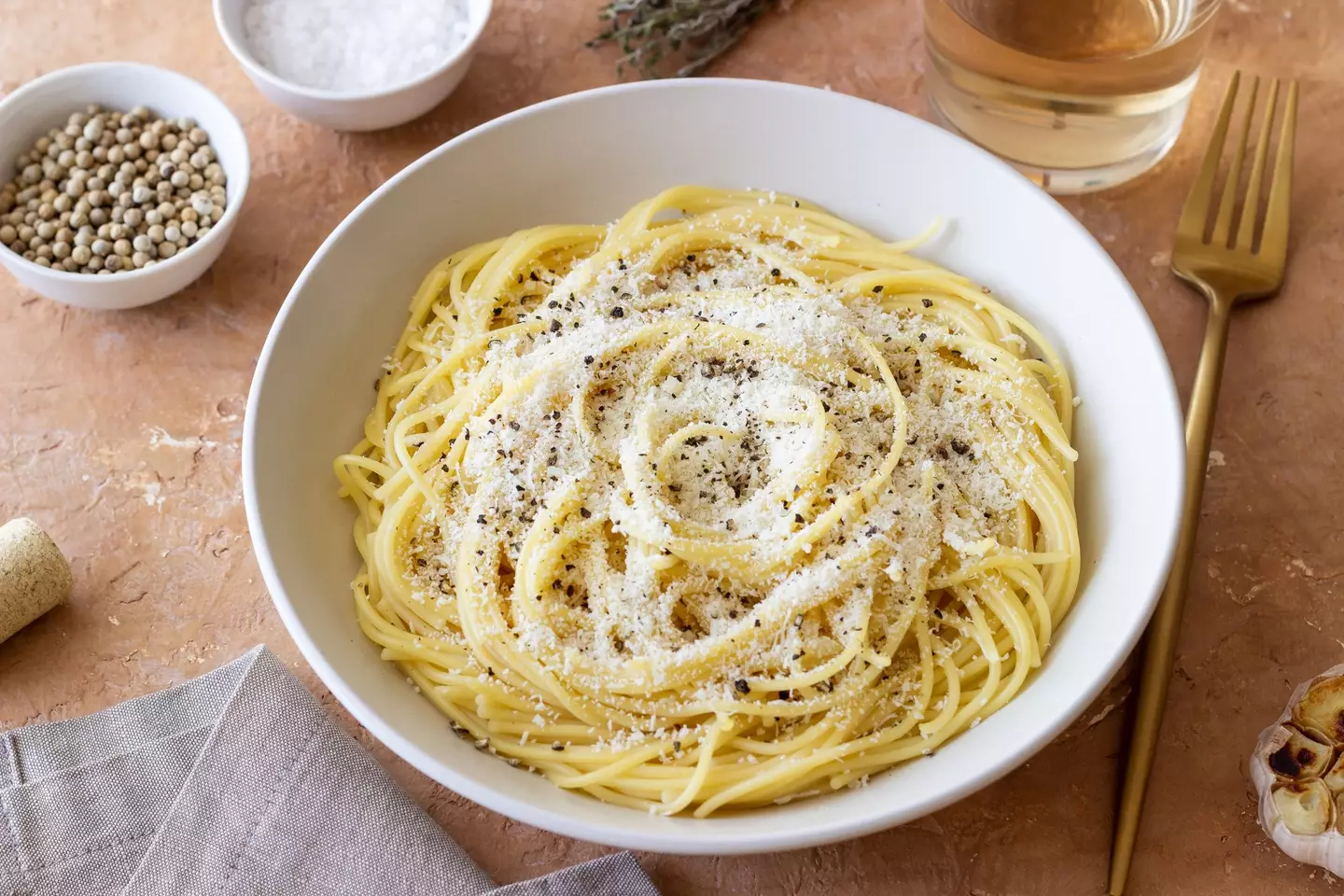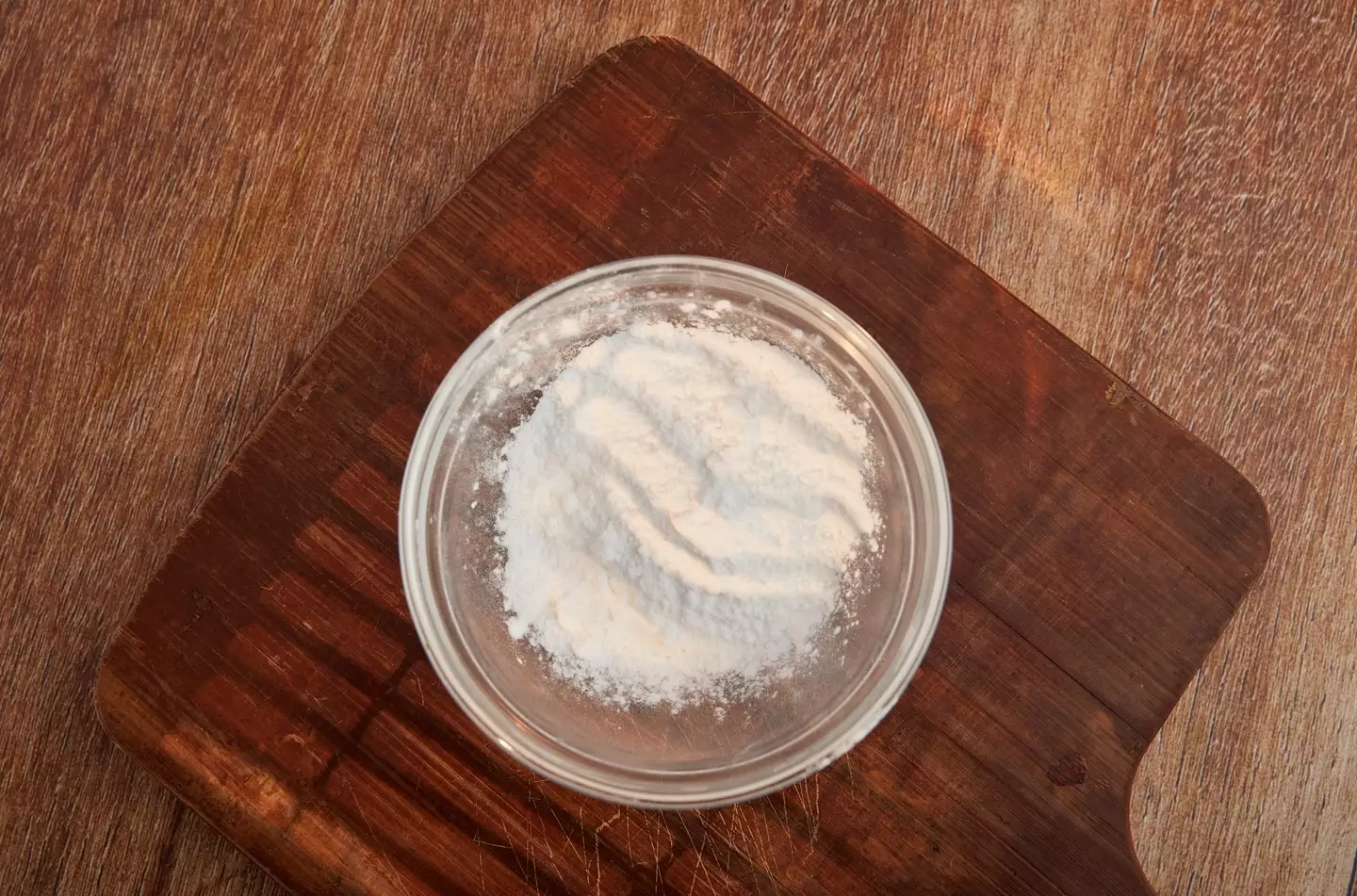
If you’ve broken the age-old British habit of simply tucking into bolognese, pizza, and the occasional gelato before calling it a day on Italian cuisine, there’s a good chance you’ve encountered the unfettered cheesy joy of cacio e pepe.
This classic dish hails from the Lazio region of Italy, with ‘cacio e pepe’ literally meaning cheese and pepper. Some thick tonnarelli or spaghetti, a bucketload of pecorino, and a generous twist of black pepper; absolutely sensational.

Ignoring the fact it’s got about as much nutritional value as a pint of olive oil, it’s a very fine treat indeed. You could always get some fibre on the go with a side of broccoli or something, but who’s keeping score?
Advert
Simple as it might seem, there’s a canny knack to putting together a good cacio e pepe.
Ideally, cacio e pepe should be silky and creamy, with the pecorino sometimes bundling into soggy lumps flour-style if you’re not careful.
To figure out the best way to get that creamy consistency, researchers from the University of Barcelona, the Max Planck Institute for the Physics of Complex Systems, the University of Padova, and the Institute of Science and Technology Austria set about investing the physics behind the sauce – how many universities does it take to cook some pasta, eh?
At last, the code has been cracked.
Advert
The study, published in Physics of Fluids, was inspired by Italians craving some authenticity in Italian cuisine outside its home country. Author Ivan Di Terlizzi said: “We are Italians living abroad. We often have dinner together and enjoy traditional cooking.
Advert
“Among the dishes we have cooked was cacio e pepe, and we thought this might be an interesting physical system to study and describe. And of course, there was the practical aim to avoid wasting good Pecorino.”
The researchers ultimately found that you want a 2-3% starch-to-cheese ratio for the creamiest and most consistent cacio e pepe sauce.
In other words, there’s a secret fourth ingredient: powdered starch, such as potato or corn starch, which is easier to control than the inconsistent starch content in pasta water.
“Because starch is such an important ingredient, and the amount of starch can sharply determine where you end up, what we suggest is to use an amount of starch which is precisely measured,” said Di Terlizzi.
Advert
“And this can only be done if you have the right amount of powdered starch in proportion to the amount of cheese that you’re using.”

Upon adding the starch, it needed to blended thoroughly with the cheese to maximise the consistency before being slowly heated in a pan.
Not content with solving cacio e pepe, the researchers have turned their attention to another Italian dish.
Advert
“There’s a recipe called pasta alla gricia, which is cacio e pepe plus guanciale, cured pork cheek,” said co-author Daniel Maria Busiello.
“This recipe seems to be easier to perform, and we don’t know exactly why. This is one idea we might explore in the future.”
For the best results, bin off the cooking and head to Padella for some cacio e pepe instead.
Topics: Cooking
